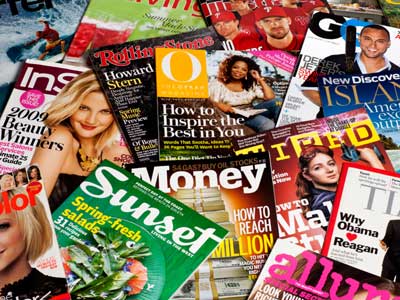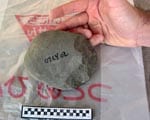
Science writer Christopher Intagliata has covered the research of Priyali Rajagopal, an assistant professor of marketing in Cox School of Business.
Priyali and Nicole Montgomery, an assistant professor of marketing at College of William and Mary have reported findings in which people who read vivid print advertisements for fictitious products actually come to believe they’ve tried those products.
Intagliata’s coverage appeared in an online report May 10 in the Scientific American feature “60-second science.”
The scientific paper “I Imagine, I Experience, I Like: The False Experience Effect” appears in the October 2011 issue of the Journal of Consumer Research.
In it, Priyali and Montgomery explain how exposing consumers to imagery-evoking advertising increases the likelihood that a consumer mistakenly believes he or she has experienced the advertised product, and subsequently produces attitudes that are as strong as attitudes based on genuine product experience.
Read the Scientific American story or listen to the podcast.
EXCERPT:
Christopher Intagliata
Scientific AmericanOne way advertisers convince us to buy something is to remind us that we’ve enjoyed their product before. Unfortunately, we can have fond memories of a product that we’ve never even had. Or that doesn’t even exist.
A hundred volunteers looked at print ads for Orville Redenbacher’s “Gourmet Fresh” popcorn — a variety that researchers made up. Some subjects saw an ad with a vivid description of the brand’s “big white fluffy kernels.” Others saw a less evocative ad.
A week later, subjects who saw the vivid ad were twice as likely to believe they’d tried this fictional product as were subjects who saw the plain ad. In fact, the believers were as confident that they had tried the popcorn as were people who actually ate popcorn after seeing the fake ads. The study is in the Journal of Consumer Research.
[Priyali Rajagopal and Nicole Votolato Montgomery, “Imagine, Experience, Like: The False Experience Effect”]
Read the Scientific American story or listen to the podcast.




